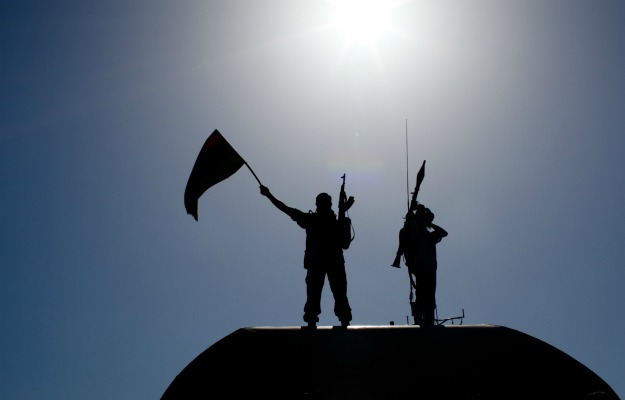
From Sean Kay, Foreign Policy: NATO needs a radical new kind of American leadership if Europe is to be incentivized to assume new responsibilities in effective ways. . . .
What, then, might be done to align next steps policy with what the new guidance calls "a strategic opportunity to rebalance the U.S. military investment in Europe?"
First, declare victory! Europe is experiencing unprecedented sustained peace. If there ever was a moment to take advantage of that climate, it is now. The risks of defense re-nationalization are next to zero and potential conventional threats far over the horizon. Meanwhile, austerity programs are incentivizing Europe to economize military spending via deeper integration — as Britain and France commenced in 2010. The European security dilemmas that required a heavy American military presence have long been resolved. As but just one recent example, late in 2011, Polish Foreign Minister Radislaw Sikorski stated that: "I will probably be the first Polish foreign minister in history to say so, but here it is: I fear German power less than I am beginning to fear German inactivity."
Second, the United States can, in recognizing this unique opportunity, lead NATO towards a new force structure which puts European allies squarely in the lead. This would be done by:
1. A clear statement from President Obama that over the next 2-3 years, America will work with the NATO allies to help them develop the integrative capacity they need to simultaneously conduct a Libya-style war and a Balkans-style peace support operation — without the United States. Europe must now assume primary responsibility for security provision in and around its area.
2. Make clear that America’s role in NATO will be limited to Article 5, collective defense, contingencies. In the current environment this means placing America’s participation in reserve, as a hedge against great power tensions or shocks to transatlantic security interests. Operationally, this means limiting America’s role in Europe to missile defense and liaison activity for consultation, intelligence sharing, planning, exercising, and base-access and deployment logistics.
3. Logic follows that this approach means major reductions in American military personnel stationed in Europe from many tens of thousands down to very low thousands or even hundreds. Some forces based at home would be allocated as reserves available to European contingencies.
4. Major American bases would be closed or transferred to allies for operation and funding and storage of pre-deployed equipment where appropriate. A symbolic start would be to relocate EUCOM from Germany to the United States with American command structures similar to CENTCOM.
Sean Kay has written extensively on NATO, including his first book NATO and the Future of European Security (1998). A professor of international relations at Ohio Wesleyan University he is Mershon Associate at the Mershon Center for International Security Studies at the Ohio State University. His most recent book is Global Security in the Twenty-first Century: The Quest for Power and the Search for Peace (2011). (photo: Daniel Berehulak/Getty)
Image: getty%201%2011%2012%20Sean%20Kay%20article.jpg
